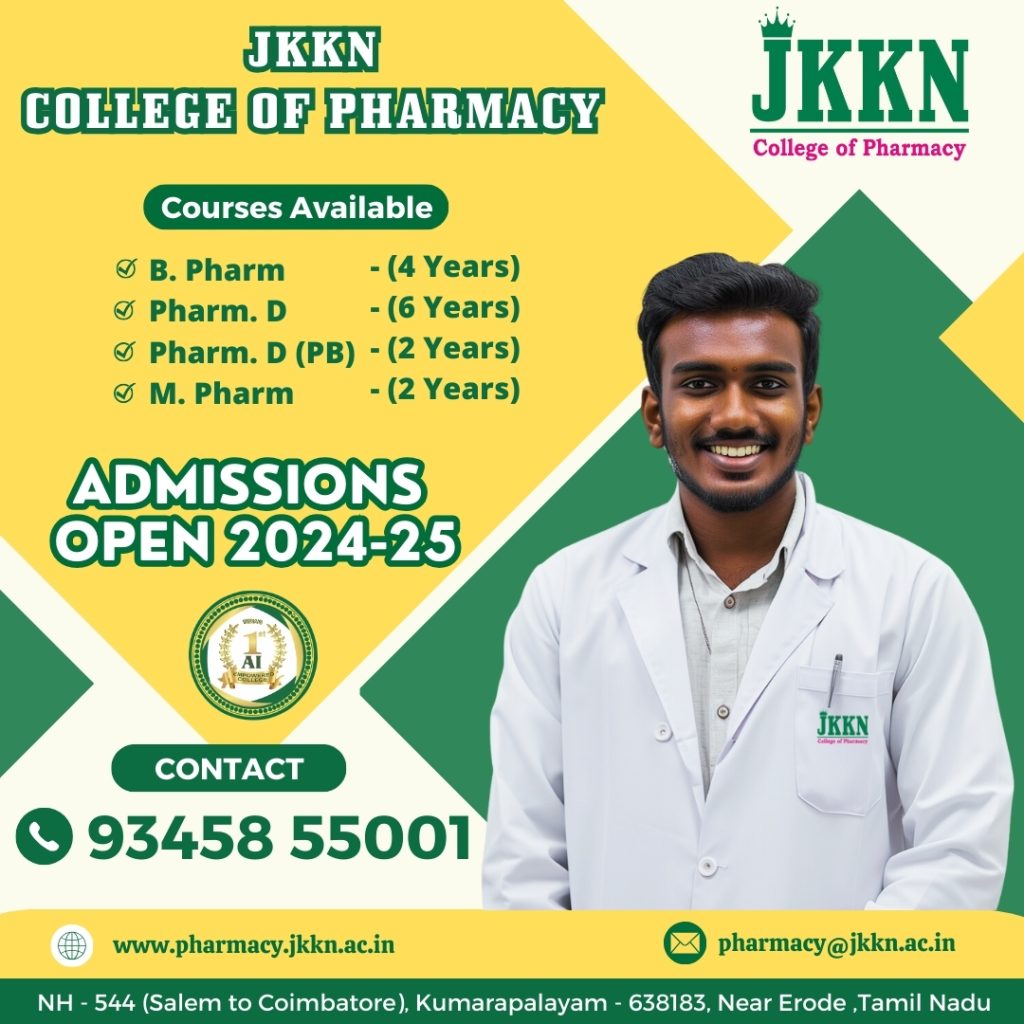I M. PHARM / MODERN PHARMACEUTICAL ANALYTICAL TECHNIQUES – THEORY
After a successful completion of the course the students will be able to
| Course outcome number | Course Outcomes | Cognitive level |
| CO1 | Describe the instrumentation associated with UV-Visible spectroscopy, IR spectroscopy, spectrofluorimetric, flame emission spectroscopy, and atomic absorption spectroscopy, and choose appropriate solvents and conditions for these techniques and discuss the principles of potentiometry and ion-selective electrodes and their applications in pharmaceutical analysis. | C1 |
| CO2 | Explain the fundamental principles, laws, and theories underlying UV-Visible spectroscopy, IR spectroscopy, spectroflourimetry, flame emission spectroscopy, and atomic absorption spectroscopy. Explain the thermal techniques used in pharmaceutical analysis, including differential scanning calorimetry (DSC) and differential thermal analysis (DTA), and their significance in characterizing pharmaceutical materials | C2 |
| CO3 | Apply the principles and instrumentation of various chromatographic techniques, such as thin-layer chromatography, high-performance liquid chromatography, gas chromatography, and electrophoresis, and apply these methods to separate and analyze pharmaceutical compounds. | C3 |
| CO4 | Analyze and interpret UV-Visible, IR, and fluorescence spectra to identify and characterize different compounds and understand the factors affecting their spectral features. | C4 |
| CO5 | Evaluate the advantages and disadvantages of various chromatographic techniques, such as thin-layer chromatography (TLC), high-performance liquid chromatography (HPLC), gas chromatography (GC), and electrophoresis, in pharmaceutical analysis. Provide specific examples of situations where one technique might be preferred over the others and justify your choices based on their respective principles and applications. | C5 |
| CO6 | Create NMR and IR spectrum for various compounds. | C6 |
Remembering (C1), Understanding (C2), Applying (C3), Analyzing (C4), Evaluating (C5) and Creating (C6)


